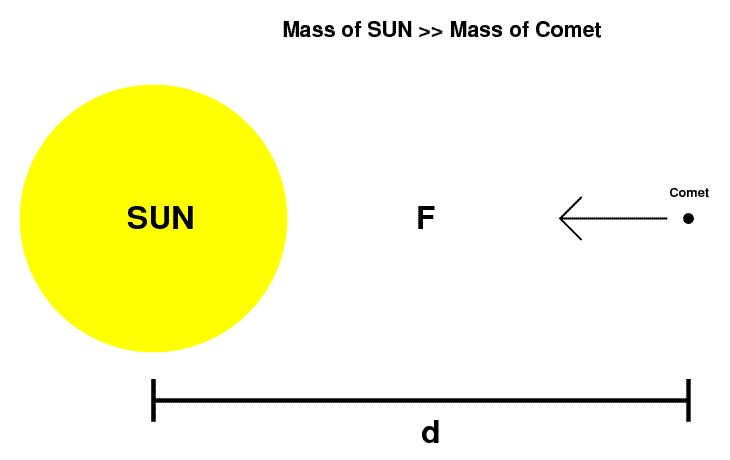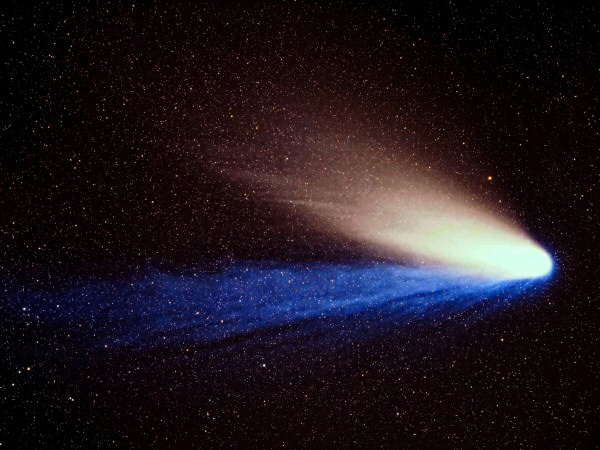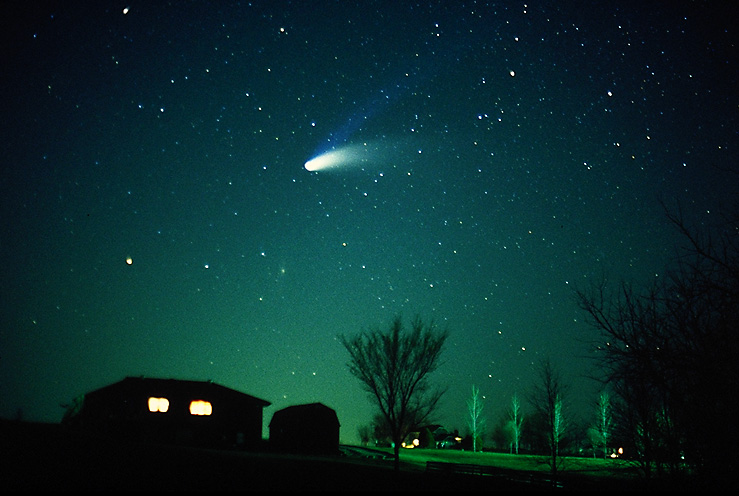
There is no possibility of life on halley's comet. There is no liquid water, no oxygen atmosphere but it's tail has a magnetic field. Halley's comet nucleus is only made up of rocky and icy particles that contain ammonia, carbon dioxide, carbon monoxide, and methane. I think there is no life on the comet because it doesn't have the elements requiered to have life.
As soon as Galileo first pointed at Mars and realized that is another planet, similar to Earth, people have wondered if there is life on Mars. Mars is one and a half times as far from the sun as we are. On 1677 an astronomer observed that there were markings that looked like channels where water would flow. I do not think there is life on Mars because its atmosphere is mosltly CO2 and some say the markings were windblown dust on the surface.









